In this article, I’ll introduce the The Data processing engines In Akeeba Backup. Because this option includes 18 sections so I’ll divide it into 3 parts.
Data processing engines part I
1.No post-processing
This is the default setting and the only one one available to Akeeba Backup Core. It does no post-processing. It simply leaves the backup archives on your server.
2.Upload to CloudMe
Using this engine, you can upload your backup archives to the European cloud storage service CloudMe.
The required settings for this engine are:
- Delete archive after processing: If enabled, the archive files will be removed from your server after they are uploaded to CloudMe.
- Process each part immediately: If you enable this, each backup part will be uploaded as soon as it’s ready. This is useful if you are low on disk space (disk quota) when used in conjunction with Delete archive after processing.
- Username: Your CloudMe username
- Password: Your CloudMe password
- Directory: The directory inside your CloudMe Blue Folder™ where your files will be stored in. If you want to use subdirectories, you have to use a forward slash.
3.Upload to Microsoft Windows Azure BLOB Storage service
Using this engine, you can upload your backup archives to the Microsoft Windows Azure BLOB Storage cloud storage service.
Upload to Microsoft Windows Azure BLOB Storage
The required settings for this engine are:
- Process each part immediately: If you enable this, each backup part will be uploaded as soon as it’s ready. If you don’t enable this option, the upload process will take place after the backup is complete and finalized.
- Account name: The account name for your Microsoft Azure subscription.
- Primary Access Key: You can find this Key in account page. It is lengthy and always ends in double equals marks.
- Container: The name of the Azure container where you want to store your archives in
- Directory: The directory inside your Azure container where your files will be stored in. Leave blank to store the files on the container’s root.
4.Upload to RackSpace CloudFiles
Using this engine, you can upload your backup archives to the RackSpace CloudFiles cloud storage service.
Upload to RackSpace CloudFiles
The required settings for this engine are:
- Process each part immediately: If you enable this, each backup part will be uploaded as soon as it’s ready. If you don’t enable this option, the upload process will take place after the backup is complete and finalized.
- Delete archive after processing: If enabled, the archive files will be removed from your server after they are uploaded to CloudFiles.
- Username: The username assigned to you by the RackSpace CloudFiles service.
- API Key: The API Key found in your CloudFiles account
- Container: The name of the CloudFiles container where you want to store your archives in.
- Directory: The directory inside your CloudFiles container where your files will be stored in.Leave blank to store the files on the container’s root.
5.Upload to DreamObjects
The required settings for this engine are:
- Process each part immediately: If you enable this, each backup part will be uploaded as soon as it’s ready. If you don’t enable this option, the upload process will take place after the backup is complete and finalized.
- Delete archive after processing: If enabled, the archive files will be removed from your server after they are uploaded to DreamObjects.
- Access Key: Your DreamObjects Access Key
- Secret Key: Your DreamObjects Secret Key
- Use SSL: If enabled, an encrypted connection will be used to upload your archives to DreamObjects.
- Bucket: The name of your DreamObjects bucket where your files will be stored in. The bucket must be already created; Akeeba Backup can not create buckets.
- Directory: The directory inside your DreamObjects bucket where your files will be stored in.
6.Upload to Dropbox
Using this engine, you can upload your backup archives to the low-cost Dropbox cloud storage service
Upload to Dropbox
The required settings for this engine are:
- Process each part immediately: If you enable this, each backup part will be uploaded as soon as it’s ready. If you don’t enable this option, the upload process will take place after the backup is complete and finalized.
- Delete archive after processing; If enabled, the archive files will be removed from your server after they are uploaded to Dropbox.
- Authorisation – Step 1 and 2:
– First click on the Authentication – Step 1 button. A popup window opens, allowing you to log in to your Dropbox account. Once you log in successfully, close the popup. Then, click on the Authentication
– Step 2 button. It should show a message dialog reading OK!. This means that your Akeeba Backup installation and Dropbox account are now linked.
- Directory: The directory inside your Dropbox account where your files will be stored in.
- Enabled chunked upload: This allows you to transfer larger archives more reliably and works around the 100Mb limitation of Dropbox’ API.
- Chunk size: This option determines the size of the chunk which will be used by the chunked upload option above.
- Token: If you have multiple sites, use the Authentication buttons only on the first site. Then copy the Token, Token Secret Key and User ID from the first site and copy it to each and every other site you want to connect with Dropbox.
- Token Secret Key: See above.
- User ID: See above.
7.Upload to Dropbox (v2 API)
Using this engine, you can upload your backup archives to the low-cost Dropbox cloud storage service.
The required settings for this engine are:
- Process each part immediately: If you enable this, each backup part will be uploaded as soon as it’s ready. If you don’t enable this option, the upload process will take place after the backup is complete and finalized.
- Delete archive after processing: If enabled, the archive files will be removed from your server after they are uploaded to Dropbox.
- Authorisation: This allows the application to access your Dropbox account without you storing the username (email) and password to the application.
- Directory: The directory inside your Dropbox account where your files will be stored in. If you want to use subdirectories, you have to use a forward slash
- Enabled chunked upload: This allows you to transfer larger archives more reliably and works around the 150Mb limitation of Dropbox’ API.
- Chunk size: This option determines the size of the chunk which will be used by the chunked upload option above
- Token: This is the connection token to Dropbox.
- JS Jobs Data Dictionary: How to Add New Entity? - January 3, 2017
- JS Jobs Categories: How to Add New Categories? - December 30, 2016
- JS Jobs Message System: Front End Messages - December 30, 2016

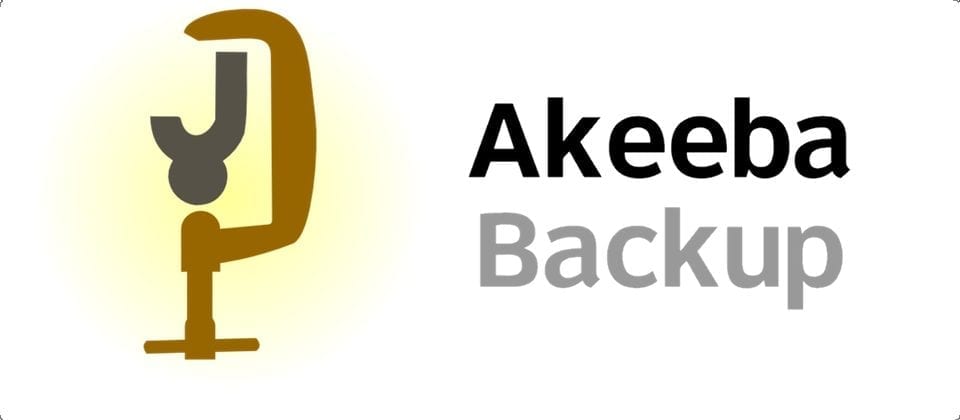
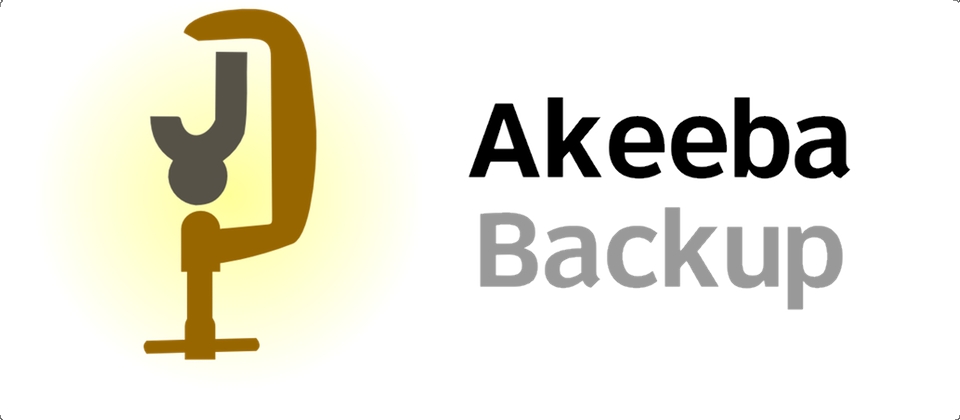
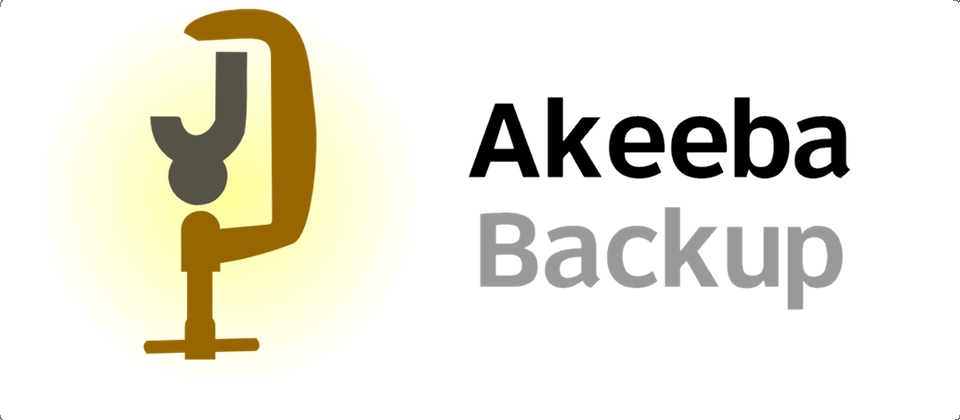

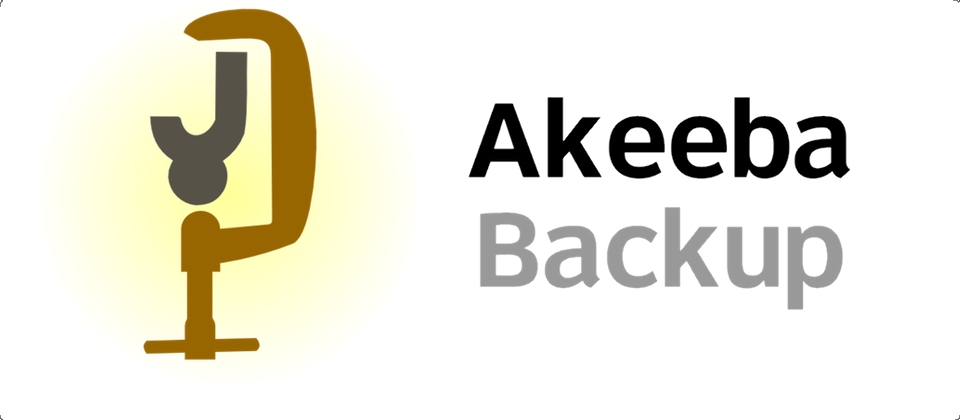
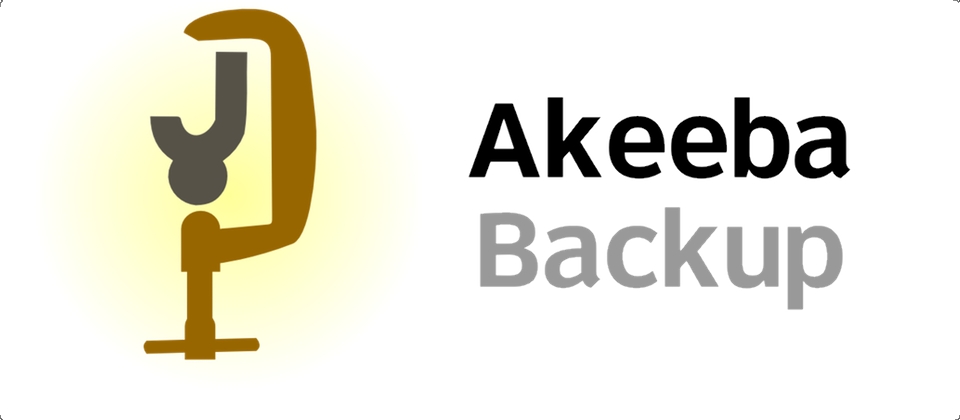
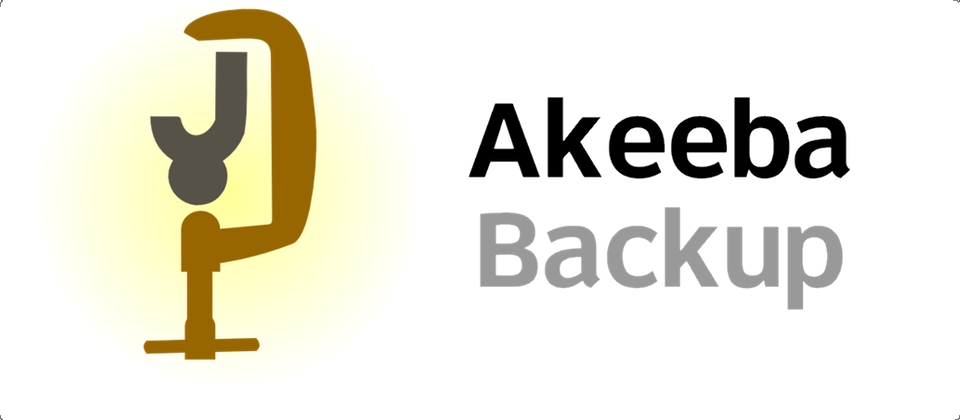


Recent Comments